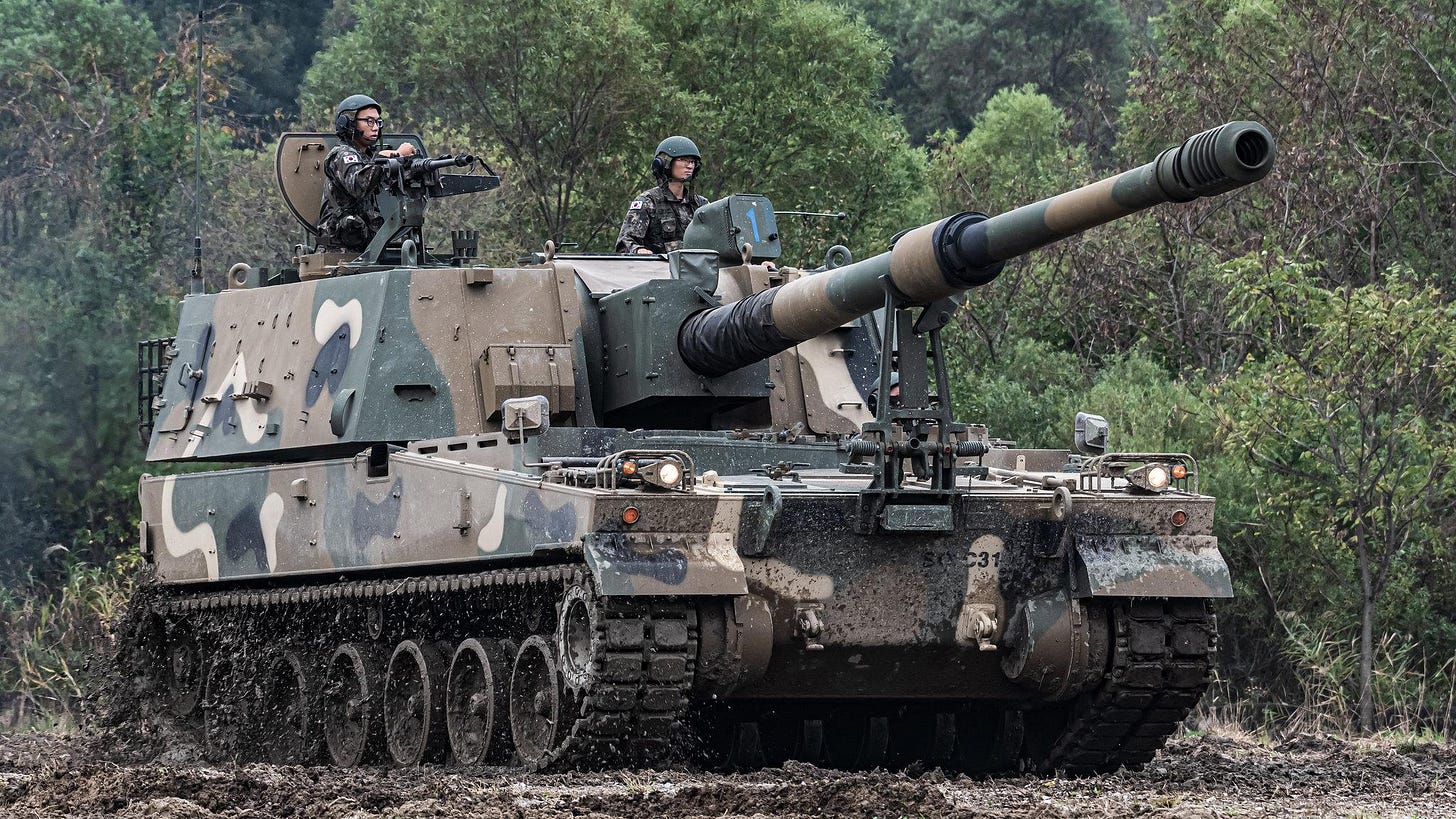Could Ukraine Get the Australian Huntsman Self-Propelled Artillery?
It might be too soon to tell, but this is one bad mama jama.
Australia just got its hands on the first AS9 Huntsman self-propelled howitzer from South Korea, and if you’re a defense enthusiast, this is a big deal. The Huntsman is a beast—based on South Korea’s battle-tested K9 Thunder, it packs a 155mm gun that can lob shells up to 60 kilometers with specia…
Keep reading with a 7-day free trial
Subscribe to Eyes Only with Wes O'Donnell to keep reading this post and get 7 days of free access to the full post archives.



